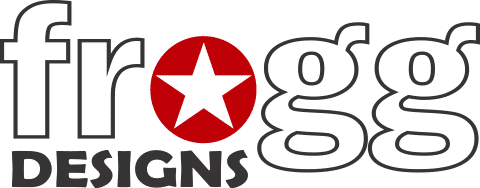Image naming is extremely important.
There are a variety of benefits to including images in your content:
- The traffic from Google Image Search as visitors search via Google Images.
- It makes your pages or articles easier to read.
- It makes content more engaging; therefore, people are more likely to share
But, without proper image optimization, efforts can often go to waste. So without further ado, let’s discuss image naming for SEO.
Google Image SEO Naming Advice
To begin with, it’s extremely helpful to know what Google themselves say about image SEO – which they covered in their Search Engine Optimization Starter Guide:
Like many other parts of the page targeted for optimization, filenames are best when they’re short but descriptive.
Meaning, as you’d expect – it’s advised not to use long filenames and stuffing keywords into image SEO metadata (as with other aspects of your content)
1. Relevant File Names
It is a good practice to keep your image file names relevant to your image. However, when it comes down to SEO, it is essential to create descriptive file names.
Normally a file name off the camera would be “IMG_3440092.jpg” or something similar. However, file names like these do not help the search engines understand what the image is about. Therefore, it would be best to change the filename from its default off camera name so that the search engines can understand your images and ultimately improve your SEO value.
2. Do Not Stuff Keywords
This is one of the biggest mistakes when it comes to Image Naming. It would be best if you kept in mind that image naming does not mean having an opportunity to stuff in keywords to improve your SEO rankings.
If you do so, it will not do any good for your SEO. It is recommended to keep your image names short and contain only your main focus keyword.
3. Keep Your Image Names Short
Keep your image names short and crisp. Try to keep your image names to 5 words.
Separate your image names with the help of hyphens.

4. Write SEO-friendly ALT Text
Alt Text is nothing but the text alternative to the images that makes it easier for the search engines to understand the content of your image. Therefore, make sure that the Alt text is relevant to the image. It’s important to describe what’s in the image so that both search engines and people can make sense of it. The more relevant information an image has, the more search engines consider the image as important. Writing good Alt text also leverages your SEO value. Even when images aren’t loading, maybe because of a glitch, search engines can still read the alternative text to help rank a page. Moreover, adding appropriate alt tags to the images on your website can help your website achieve better rankings in the search engines by associating keywords with images. Here are some simple rules for alt attributes that you can follow:- Describe your images in plain simple language, just like you did for your image file names.
- Keep it short but descriptive.
- Be innovative but don’t stuff your alt attributes full of keywords.
